Home>Gardening & Outdoor>Plant Care & Gardening Tips>How To Plant Mums In A Pot
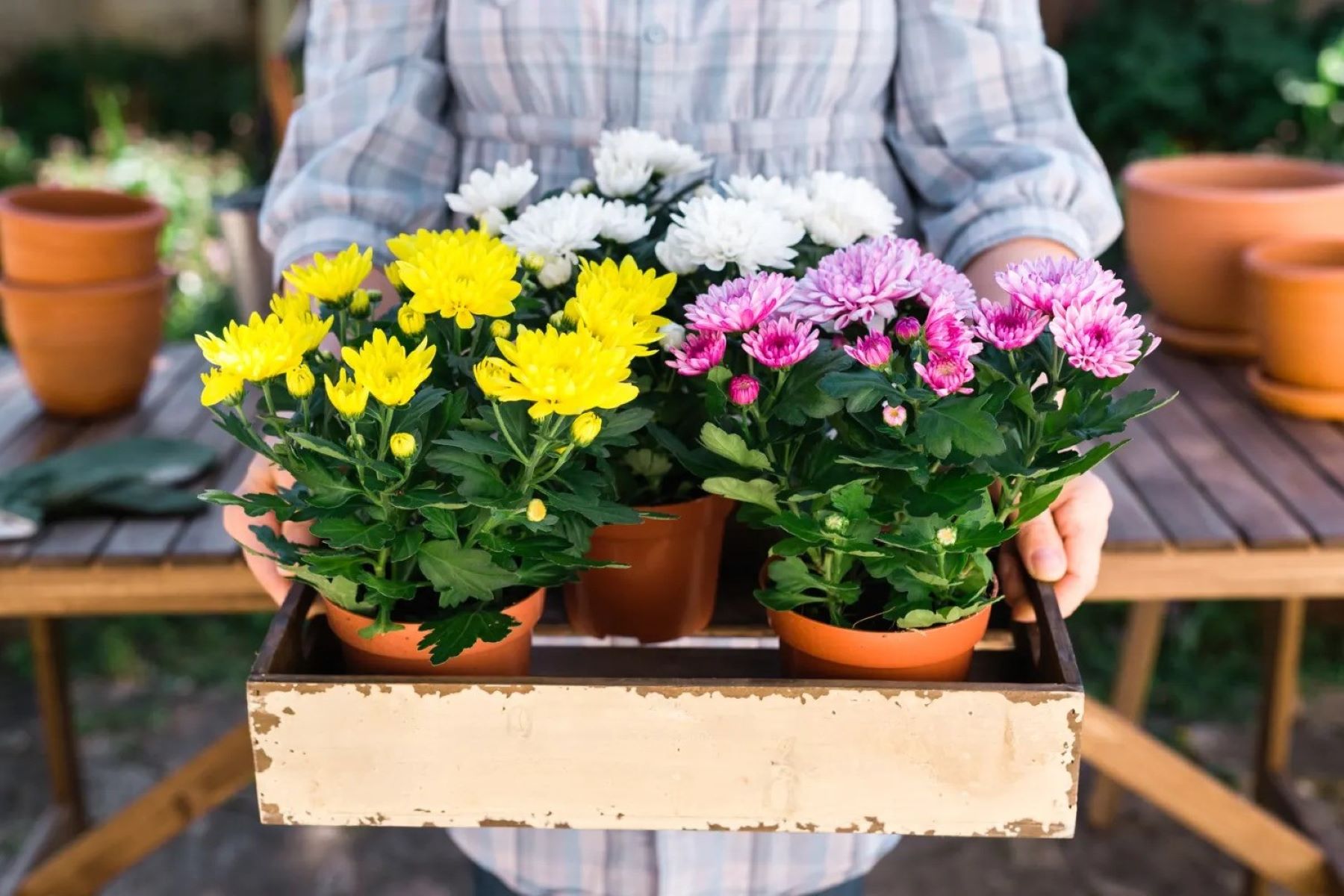

Plant Care & Gardening Tips
How To Plant Mums In A Pot
Modified: March 2, 2024
Learn expert plant care and gardening tips for planting mums in a pot. Discover the best practices for successful mum cultivation and vibrant blooms.
(Many of the links in this article redirect to a specific reviewed product. Your purchase of these products through affiliate links helps to generate commission for Storables.com, at no extra cost. Learn more)
Introduction
Mums, also known as chrysanthemums, are beloved for their vibrant blooms and resilience. These beautiful flowering plants are a popular choice for adding color and charm to gardens, porches, and indoor spaces. One of the most delightful ways to showcase mums is by planting them in pots. Whether you're a seasoned gardener or a novice plant enthusiast, learning how to plant mums in a pot can be a rewarding and enjoyable experience.
When it comes to planting mums in pots, there are several key factors to consider, including the choice of the right pot, selecting the appropriate soil, and understanding the essential steps for planting and caring for mums. By mastering these aspects, you can create a stunning display of mums that will thrive and bring joy throughout the growing season.
In this comprehensive guide, we will delve into the art of planting mums in pots, providing valuable insights and practical tips to help you achieve success. From choosing the perfect pot to nurturing your mums with the right watering and fertilizing techniques, you'll gain a deeper understanding of how to create a flourishing container garden filled with these delightful flowers.
So, whether you're looking to adorn your patio with a burst of autumnal hues or brighten up your living space with a touch of natural beauty, planting mums in pots is a wonderful way to elevate your surroundings and revel in the splendor of nature. Join us as we embark on this horticultural journey and unlock the secrets to cultivating thriving mums in pots.
Key Takeaways:
- Choose a pot at least 12 inches in diameter with proper drainage and material that suits your mums’ watering needs. Aesthetic appeal matters too!
- Use well-draining, nutrient-rich soil with the right pH level to support your mums’ growth. Don’t forget to water and fertilize them regularly for vibrant blooms!
Read more: What Size Pot For Mums
Choosing the Right Pot
Selecting the right pot is a crucial step in ensuring the health and vitality of your potted mums. The choice of pot not only affects the visual appeal of your display but also plays a significant role in the overall well-being of the plants. Here's a detailed look at the factors to consider when choosing the right pot for your mums:
Size and Depth
When it comes to pot size, opt for a container that provides ample space for the mum's root system to spread out. A general rule of thumb is to choose a pot that is at least 12 inches in diameter. This size allows for proper root development and stability, which is essential for the health of the plant. Additionally, ensure that the pot has a depth of at least 12 inches to accommodate the mums' root structure comfortably.
Drainage
Proper drainage is critical for the well-being of mums. Look for pots with drainage holes at the bottom to prevent water from accumulating and causing root rot. If you fall in love with a pot that lacks drainage holes, consider drilling a few holes to facilitate proper water drainage. Additionally, using a pot with a saucer underneath can help prevent water from seeping onto surfaces while still allowing excess water to escape.
Material
The choice of pot material can impact the moisture retention and temperature regulation of the soil. Terracotta pots, for example, are porous and allow for better airflow and moisture evaporation, which can be beneficial in preventing waterlogged soil. On the other hand, plastic pots are lightweight and retain moisture well, making them suitable for mums that require consistent watering. Consider the environmental conditions and the watering habits of the mums when selecting the pot material.
Read more: How To Care For Mums In Pots Outdoors
Aesthetic Appeal
While functionality is paramount, the aesthetic appeal of the pot should not be overlooked. Choose a pot that complements the visual style of your space and enhances the overall presentation of the mums. Whether you prefer a classic terracotta pot, a sleek and modern design, or a vibrant and colorful container, the pot should reflect your personal taste while providing a suitable environment for the mums to thrive.
By carefully considering these factors, you can select the perfect pot that promotes healthy growth and showcases the beauty of your potted mums. The right pot not only serves as a vessel for the plants but also contributes to the overall charm and allure of your gardening display.
Selecting the Right Soil
Choosing the appropriate soil is a critical aspect of successfully planting mums in pots. The right soil provides essential nutrients, proper drainage, and a supportive environment for the roots to thrive. When selecting soil for potted mums, consider the following factors to ensure optimal growing conditions:
Well-Draining Composition
Opt for a well-draining potting mix that allows excess water to flow through easily. Mums are susceptible to root rot if they are sitting in waterlogged soil for extended periods. Look for a high-quality potting mix specifically formulated for container gardening, as these blends often contain a balanced combination of organic matter, perlite, and vermiculite, promoting adequate drainage and aeration.
Nutrient-Rich Content
The soil should be rich in nutrients to support the vigorous growth and blooming of mums. Consider using a potting mix that includes organic matter such as compost or well-rotted manure. These organic components not only provide essential nutrients but also contribute to the overall structure and fertility of the soil, creating an optimal foundation for the mums to flourish.
Read more: How Long Will Potted Mums Last
pH Level
Mums thrive in slightly acidic to neutral soil with a pH range between 6.5 and 7.0. Test the pH level of the potting mix using a simple soil testing kit, readily available at garden centers. If the pH is outside the recommended range, amend the soil as needed to achieve the ideal acidity level for mums. Adding lime to raise the pH or elemental sulfur to lower it can help create a suitable growing environment for the plants.
Moisture Retention
While it's crucial for the soil to drain well, it should also retain adequate moisture to support the mums' water needs. Look for a potting mix that strikes a balance between drainage and moisture retention, ensuring that the soil remains consistently moist without becoming waterlogged. This balance is particularly important during the hot summer months when potted mums may require more frequent watering.
Preparing the Soil
Before planting the mums, thoroughly moisten the potting mix to ensure that it is evenly hydrated. This step helps create an optimal environment for the roots to establish and minimizes the risk of air pockets within the soil. Additionally, consider adding a slow-release fertilizer to the soil to provide a steady supply of nutrients to the mums throughout the growing season.
By carefully selecting and preparing the right soil for your potted mums, you can create an environment that fosters healthy growth, vibrant blooms, and long-lasting beauty. The soil serves as the foundation for the mums' well-being, playing a pivotal role in their overall health and vitality.
Planting Mums
Planting mums in pots is a gratifying process that sets the stage for the growth and blossoming of these delightful flowers. When it comes to planting mums, attention to detail and proper technique can make a significant difference in the plants' overall health and vitality. Here's a comprehensive guide to the essential steps for planting mums in pots:
Read more: How Often To Water Potted Mums
Step 1: Preparing the Pot
Before planting the mums, ensure that the chosen pot is clean and free from any debris or remnants of previous plantings. If the pot has drainage holes, cover them with a piece of broken pottery or a small section of mesh to prevent the soil from escaping while still allowing water to drain freely. Additionally, consider placing a layer of small rocks or pebbles at the bottom of the pot to further enhance drainage and prevent soil compaction.
Step 2: Adding Soil
Fill the pot with the prepared potting mix, leaving enough space at the top to accommodate the mums' root ball. Gently pat down the soil to remove any air pockets and create a firm, even surface for planting. The level of the soil should be such that the top of the mum's root ball sits approximately 1-2 inches below the rim of the pot, allowing room for watering without causing soil spillage.
Step 3: Planting the Mums
Carefully remove the mums from their nursery containers, taking care not to disturb the roots excessively. Place the mum's root ball in the center of the pot, ensuring that it is positioned at the appropriate depth. Fill the remaining space around the root ball with the potting mix, gently pressing down to secure the plant in place. Avoid burying the mums too deeply, as this can hinder their growth and lead to moisture-related issues.
Step 4: Watering
After planting, thoroughly water the mums to settle the soil and provide initial hydration to the roots. Ensure that the water penetrates the entire root ball and drains through the bottom of the pot. Monitor the moisture level of the soil regularly, as newly planted mums may require more frequent watering to establish themselves in their new environment.
Read more: How To Plant Mums In The Ground
Step 5: Placement and Sunlight
Choose an appropriate location for the potted mums, ensuring they receive adequate sunlight based on their specific variety. Most mums thrive in full sun, requiring at least 6 hours of direct sunlight per day. However, some varieties may benefit from partial shade, especially in regions with intense heat. Position the pots accordingly to optimize sunlight exposure and promote healthy growth.
By following these steps, you can ensure that your mums are planted with care and precision, setting the stage for a flourishing display of vibrant blooms and lush foliage. The planting process is a foundational step in the mums' journey, laying the groundwork for their development and the beauty they will bring to your surroundings.
Watering and Fertilizing
Proper watering and fertilizing are essential components of nurturing healthy and vibrant mums in pots. By understanding the specific water and nutrient requirements of mums, you can ensure their optimal growth and blooming potential. Here's a detailed exploration of the best practices for watering and fertilizing potted mums:
Watering
Consistent and appropriate watering is crucial for the well-being of potted mums. These plants thrive in moist but well-drained soil, and maintaining the right moisture level is key to their overall health. Here are some important considerations for watering potted mums:
-
Frequency: During the growing season, regularly check the moisture level of the soil by inserting your finger into the top inch of the potting mix. If the soil feels dry at this depth, it's time to water the mums. Depending on the environmental conditions and the pot's size, mums may require watering every 2-3 days, especially during hot and dry periods.
-
Watering Technique: When watering, aim to moisten the entire root ball thoroughly. Water the mums at the base of the plant, allowing the water to penetrate the soil and reach the roots. Avoid overhead watering, as this can lead to foliage diseases and water wastage.
-
Avoid Overwatering: While it's important to keep the soil consistently moist, overwatering can be detrimental to the mums. Excess water can lead to root rot and other moisture-related issues. Ensure that the pots have proper drainage to prevent water from accumulating at the bottom.
-
Morning Watering: Whenever possible, water the mums in the morning to allow excess moisture to evaporate during the day. This helps prevent the onset of fungal diseases and ensures that the mums can absorb water effectively.
Fertilizing
In addition to adequate watering, providing the right nutrients through fertilization is essential for promoting robust growth and prolific blooming in potted mums. Here's how to approach fertilizing your mums:
-
Balanced Fertilizer: Use a balanced, water-soluble fertilizer with an NPK ratio suited for flowering plants, such as 10-10-10 or 20-20-20. Apply the fertilizer according to the manufacturer's instructions, typically every 2-4 weeks during the growing season. Avoid over-fertilizing, as this can lead to excessive foliage growth at the expense of blooms.
-
Application Technique: When applying fertilizer, dilute it to half the recommended strength to prevent the risk of root burn. Water the mums thoroughly after fertilizing to ensure that the nutrients are distributed evenly and to prevent any potential salt buildup in the soil.
-
Transitioning to Winter: As the growing season comes to a close and the mums prepare for dormancy, gradually reduce the frequency of fertilization. This helps the plants acclimate to the changing conditions and prepares them for the dormant phase.
By adhering to these watering and fertilizing practices, you can provide your potted mums with the care and nourishment they need to thrive. These essential tasks contribute to the overall well-being of the mums, ensuring that they remain healthy, vibrant, and ready to grace your surroundings with their stunning blooms.
Read more: When To Plant Mums In Ohio
Caring for Mums in Pots
Caring for mums in pots involves a combination of attentive maintenance, proactive measures, and a deep understanding of the plants' needs. By tending to the mums with care and diligence, you can ensure their longevity, health, and the prolific display of colorful blooms. Here's an in-depth exploration of the essential aspects of caring for mums in pots:
Pruning and Deadheading
Regular pruning and deadheading are vital for maintaining the health and appearance of potted mums. As the plants grow, remove spent blooms and wilted foliage to encourage continuous flowering and prevent the formation of seeds. This process redirects the plant's energy towards producing new buds and blossoms, prolonging the blooming period and enhancing the overall aesthetic appeal of the mums.
Pest and Disease Management
Vigilance against pests and diseases is crucial for preserving the vitality of potted mums. Keep a watchful eye for common pests such as aphids, spider mites, and leafhoppers, and promptly address any infestations using organic pest control methods or insecticidal soaps. Additionally, maintain good air circulation around the plants and avoid overwatering to minimize the risk of fungal diseases such as powdery mildew and gray mold.
Winter Care
As the growing season transitions into winter, it's essential to prepare potted mums for the colder months. If you live in a region with harsh winters, consider overwintering the mums indoors to protect them from freezing temperatures. Alternatively, insulate the pots with mulch or move them to a sheltered area to shield the plants from extreme weather conditions. Reduce watering as the plants enter dormancy, and trim back the foliage once it has died back, preparing the mums for their winter rest.
Read more: Why Are My Potted Mums Not Blooming
Monitoring and Adjusting
Regular monitoring of the mums' growth, appearance, and overall well-being is key to effective care. Keep an eye on the soil moisture, ensuring that it remains consistently moist but not waterlogged. Adjust the watering frequency based on environmental factors such as temperature and humidity, and be attentive to any signs of stress or nutrient deficiencies in the plants. By staying attuned to the mums' needs, you can make timely adjustments to optimize their growing conditions.
Rejuvenation and Propagation
After the mums have completed their blooming cycle, consider rejuvenating the plants by dividing and repotting them. This process helps refresh the root system, promote new growth, and maintain the vigor of the mums. Additionally, if you wish to expand your collection of potted mums, propagation through division or stem cuttings offers a rewarding opportunity to cultivate new plants and further enrich your garden or indoor space.
By embracing these comprehensive care practices, you can nurture your potted mums with the attention and expertise they deserve. Caring for mums in pots is a fulfilling endeavor that allows you to witness the beauty of these resilient plants while fostering a deeper connection with nature and the art of gardening.
Conclusion
In conclusion, the art of planting and caring for mums in pots is a delightful journey that offers a myriad of rewards. From the initial selection of the perfect pot to the nurturing of vibrant blooms, every step in the process contributes to the creation of a captivating display of natural beauty. By carefully choosing the right pot that provides ample space, proper drainage, and aesthetic appeal, you set the stage for a visually stunning arrangement that complements your living space or outdoor area.
Selecting the appropriate soil is equally crucial, as it forms the foundation for the mums' growth and vitality. By opting for a well-draining, nutrient-rich potting mix with the ideal pH level, you create an environment that supports robust root development and prolific blooming. The meticulous planting process, coupled with attentive watering and fertilizing, ensures that the mums receive the care and nourishment they need to thrive.
Caring for potted mums involves a blend of maintenance tasks, pest and disease management, and proactive measures to prepare the plants for the changing seasons. By embracing the art of pruning, deadheading, and winter care, you can prolong the mums' blooming period and safeguard their well-being. Additionally, monitoring the plants' growth and making timely adjustments allows you to provide tailored care that fosters their longevity and beauty.
Ultimately, the journey of planting mums in pots transcends the realm of gardening; it offers an opportunity to cultivate a deeper connection with nature and the wonders of the natural world. As the mums flourish and grace your surroundings with their resplendent blooms, they become a testament to the joy and fulfillment that gardening brings. Whether adorning a patio, balcony, or indoor space, potted mums infuse every corner with a touch of natural splendor and a reminder of the beauty that unfolds when we nurture and cherish the gifts of the earth.
In the end, the art of planting mums in pots is a celebration of resilience, beauty, and the timeless allure of nature. It is a testament to the transformative power of gardening, where the act of tending to plants becomes a source of inspiration, tranquility, and a profound appreciation for the wonders of the botanical world.
Frequently Asked Questions about How To Plant Mums In A Pot
Was this page helpful?
At Storables.com, we guarantee accurate and reliable information. Our content, validated by Expert Board Contributors, is crafted following stringent Editorial Policies. We're committed to providing you with well-researched, expert-backed insights for all your informational needs.
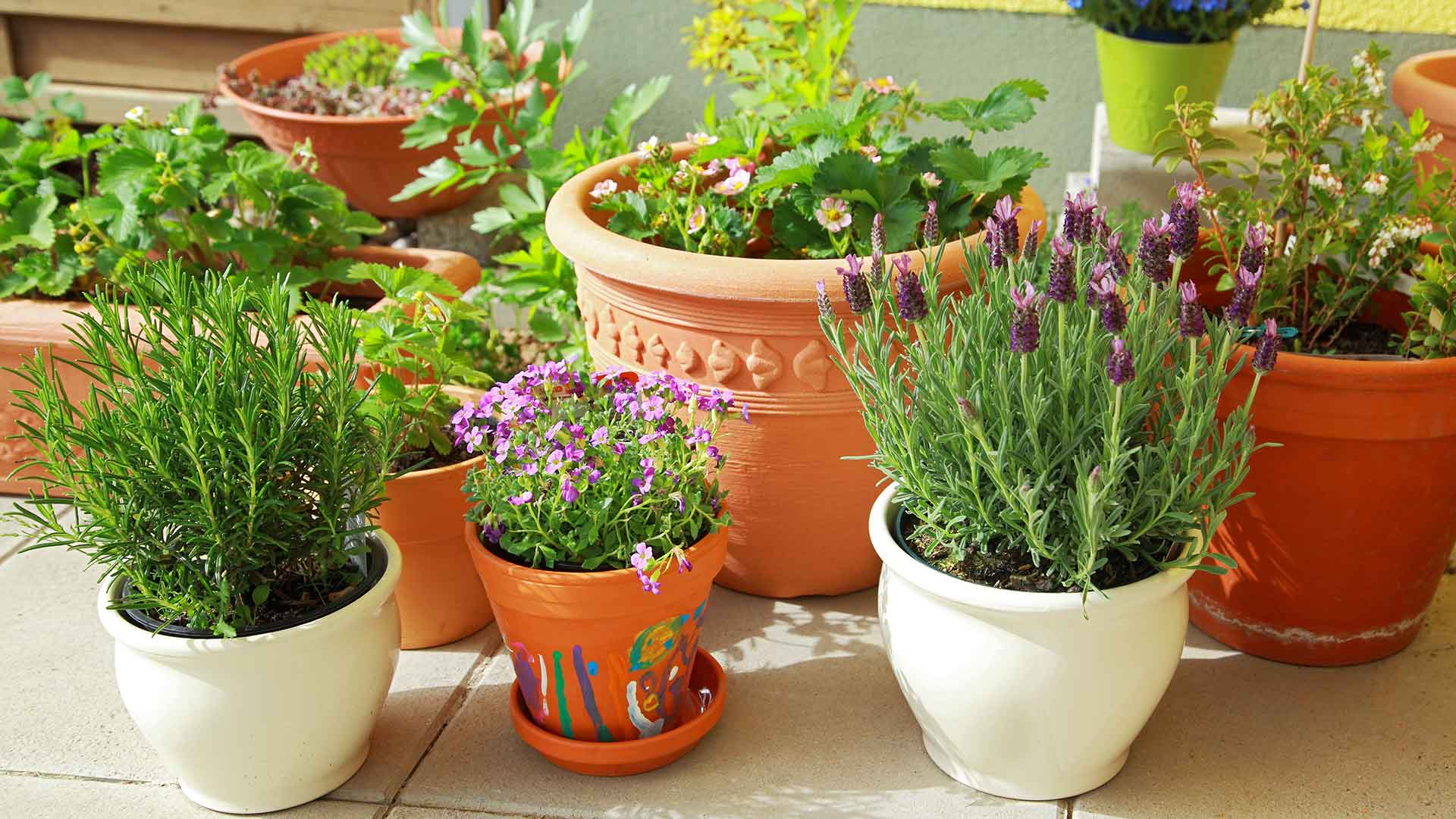
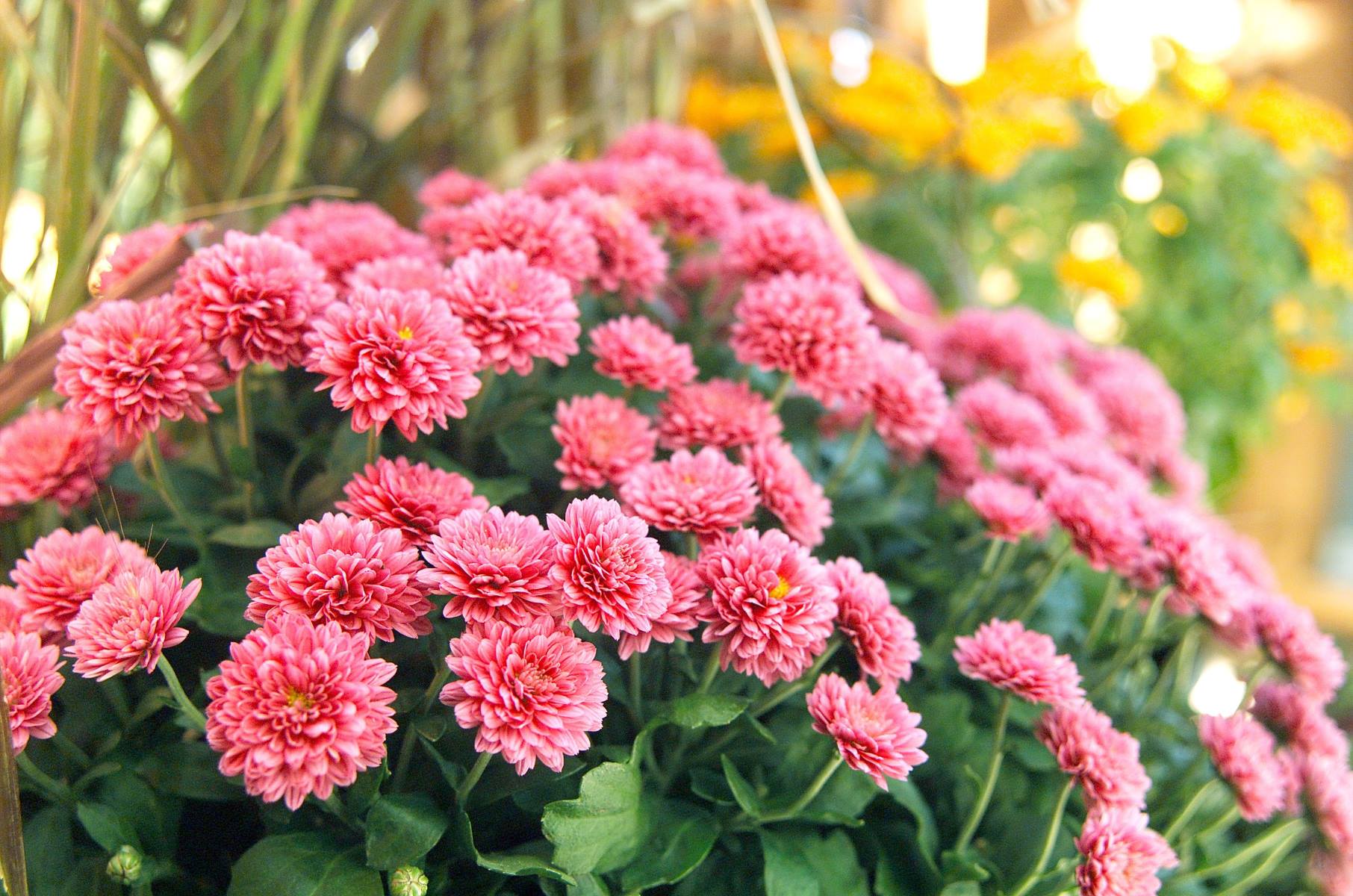
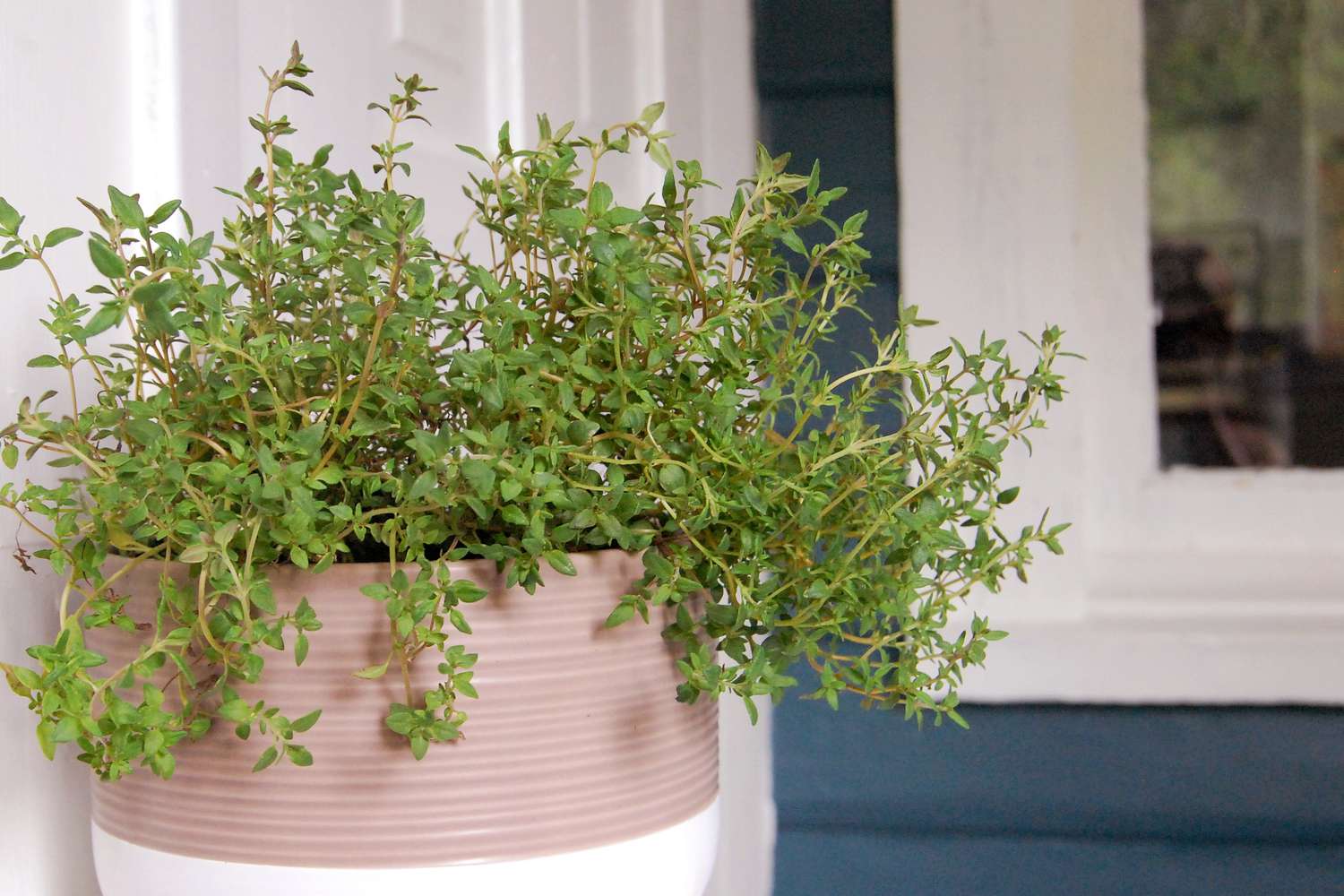
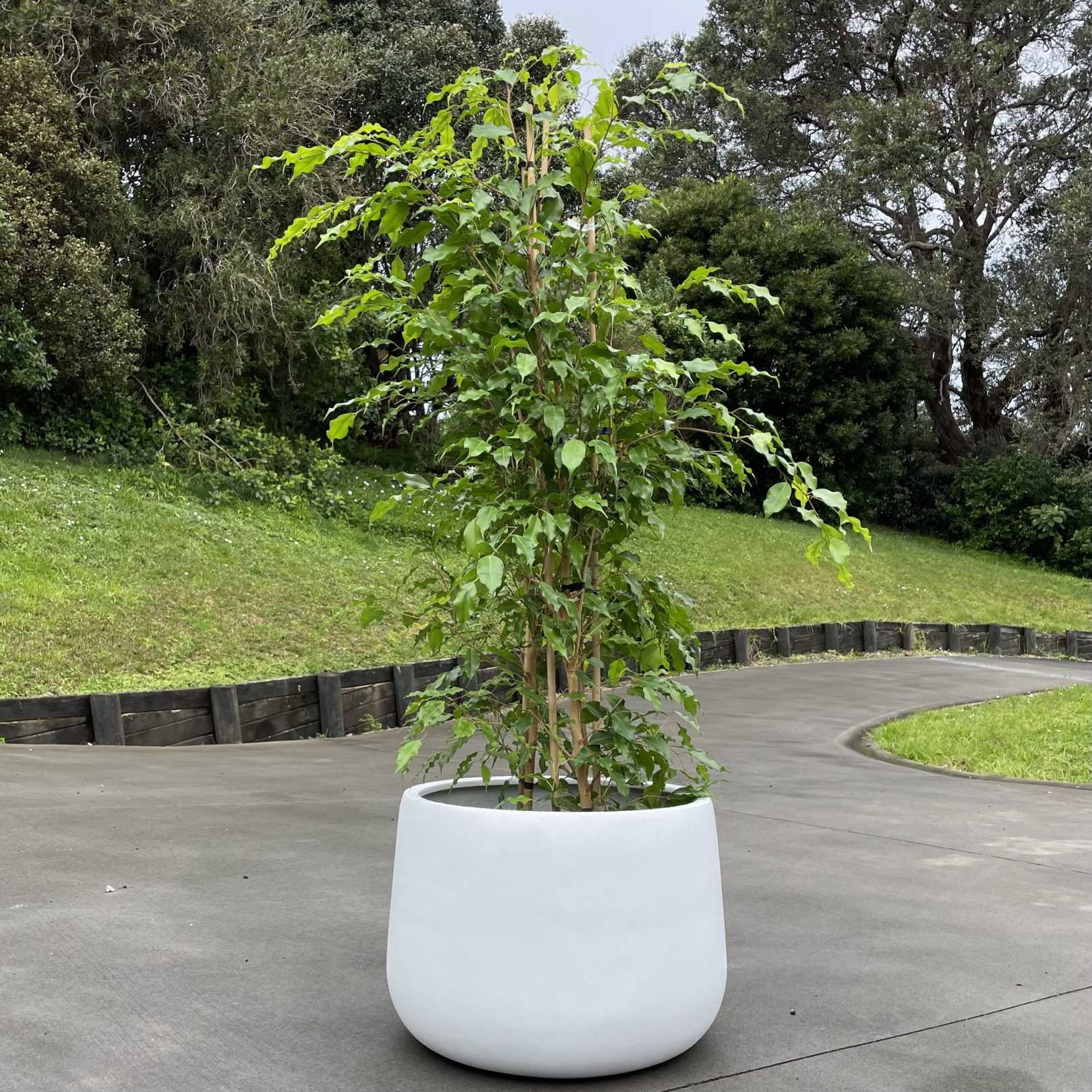
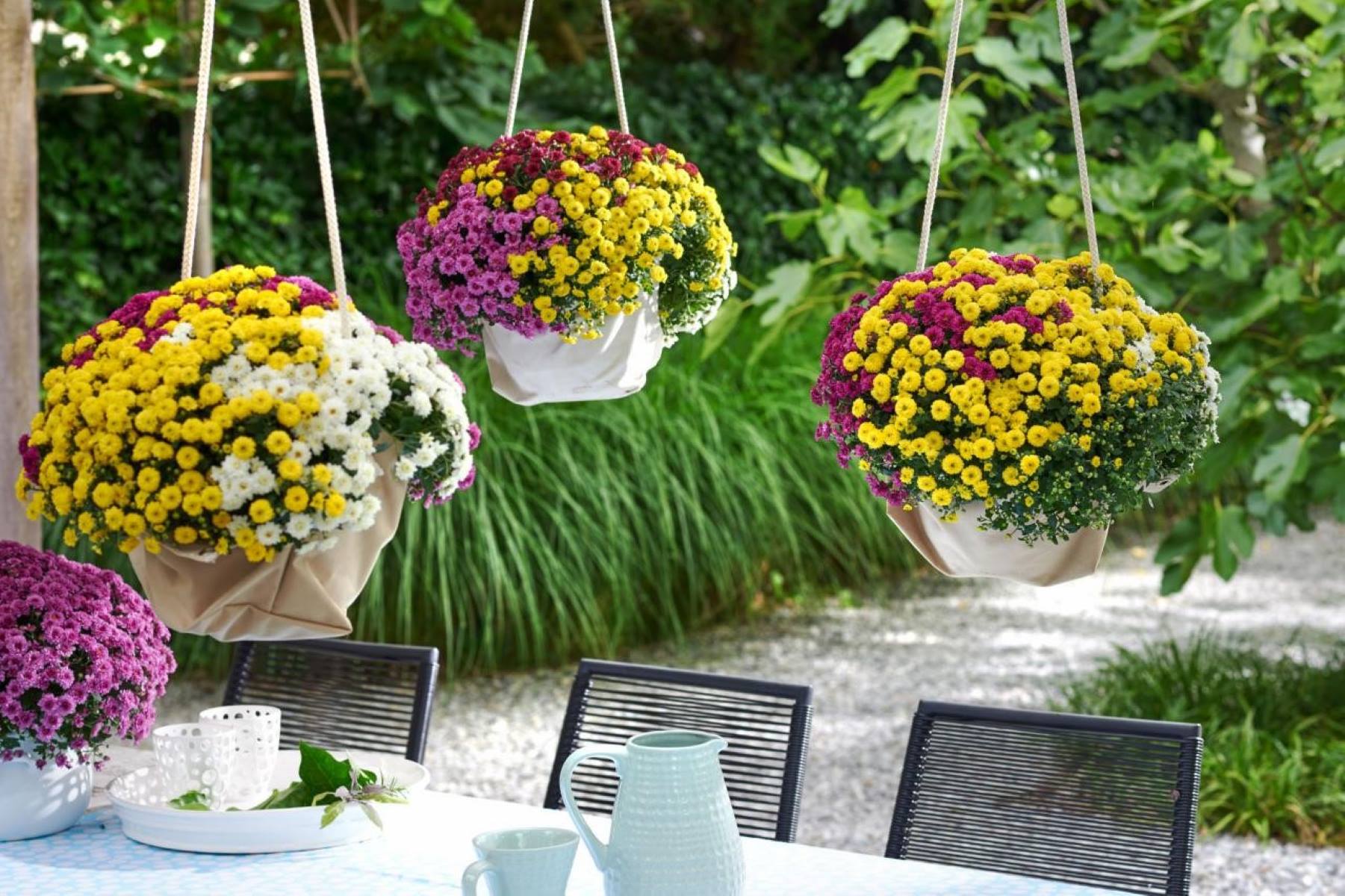
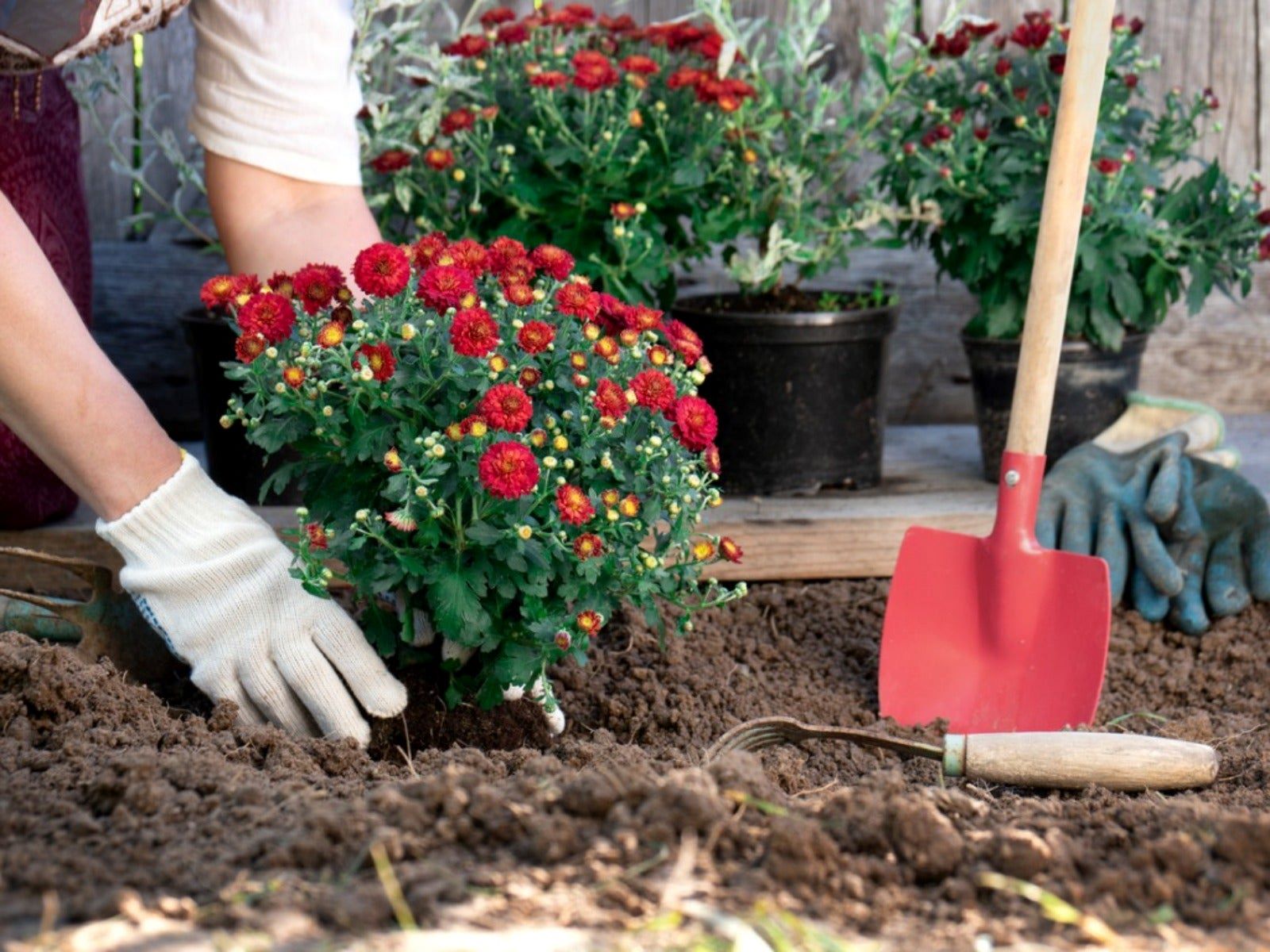
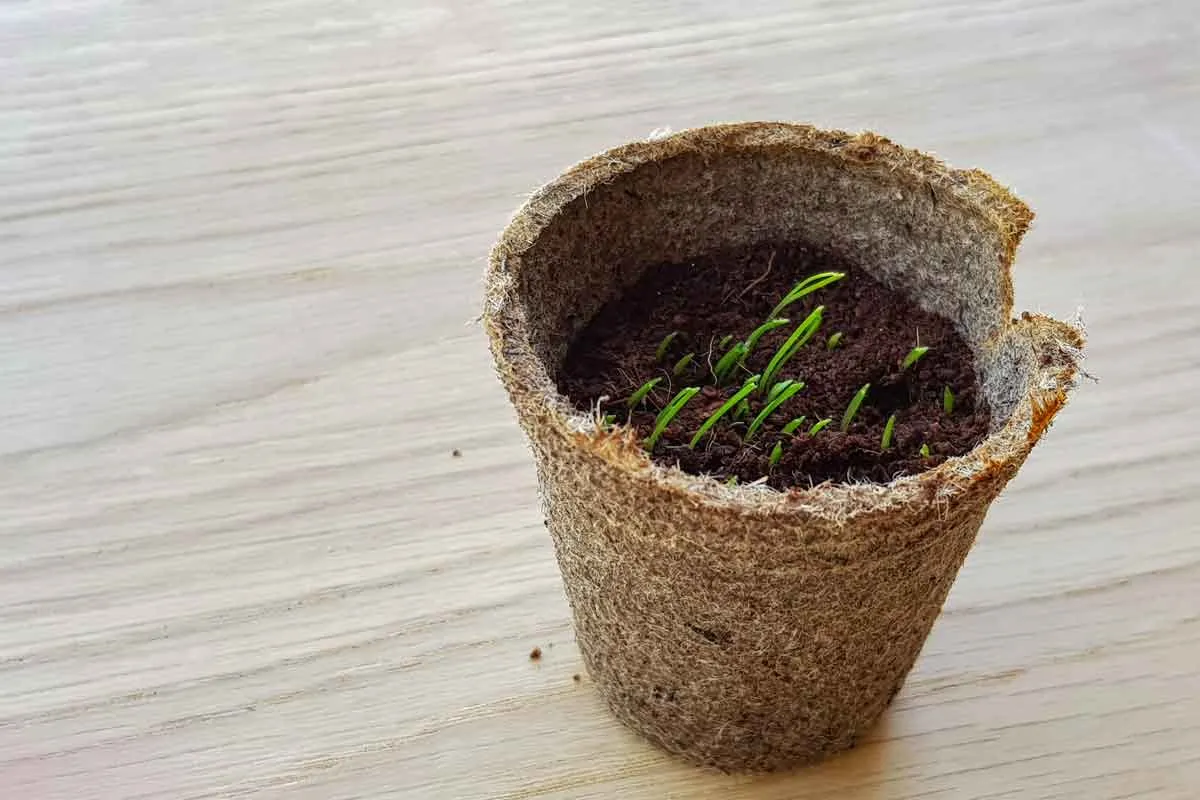
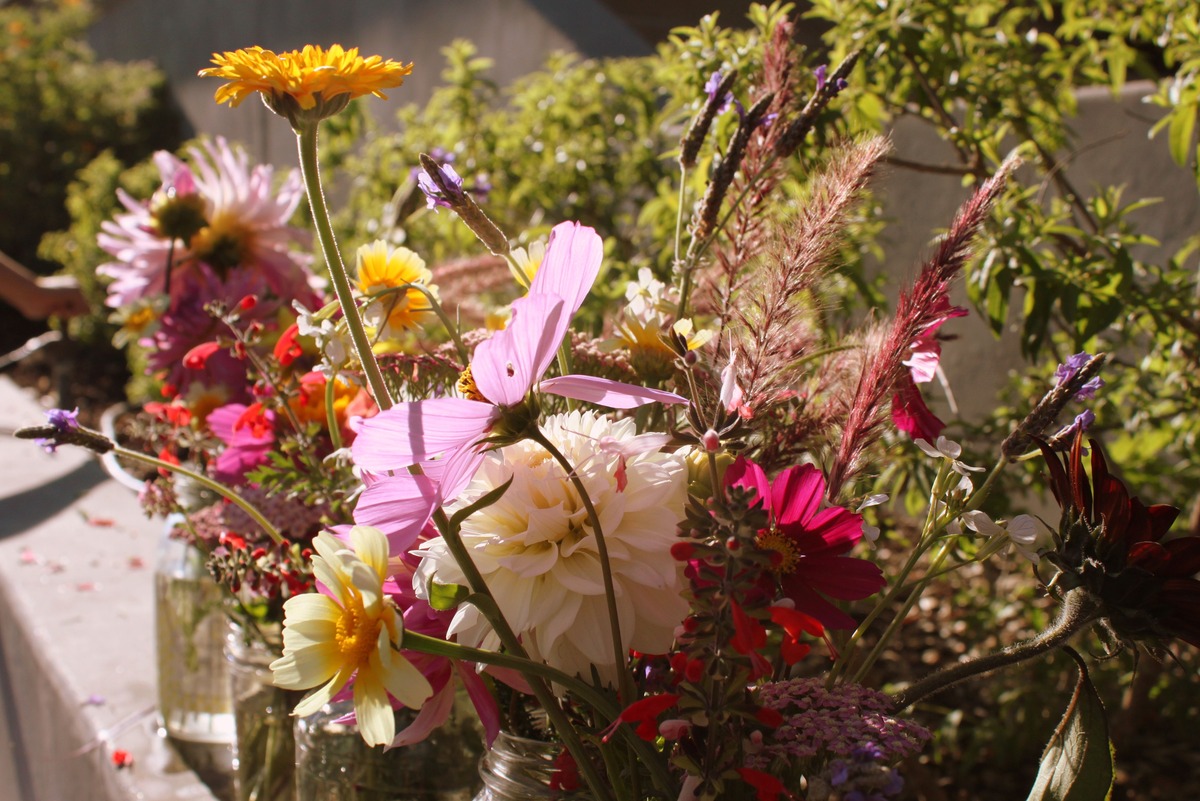
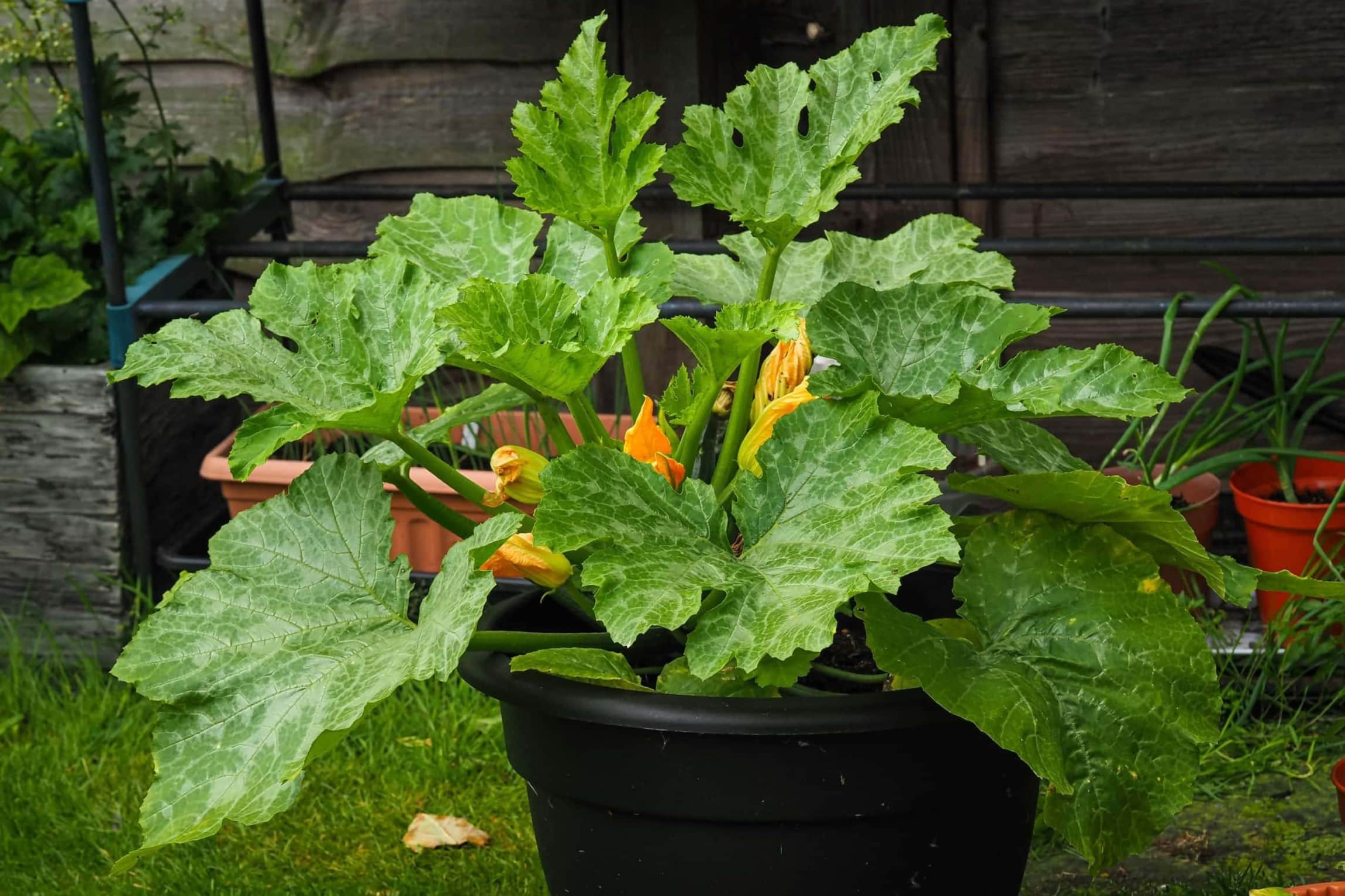

0 thoughts on “How To Plant Mums In A Pot”